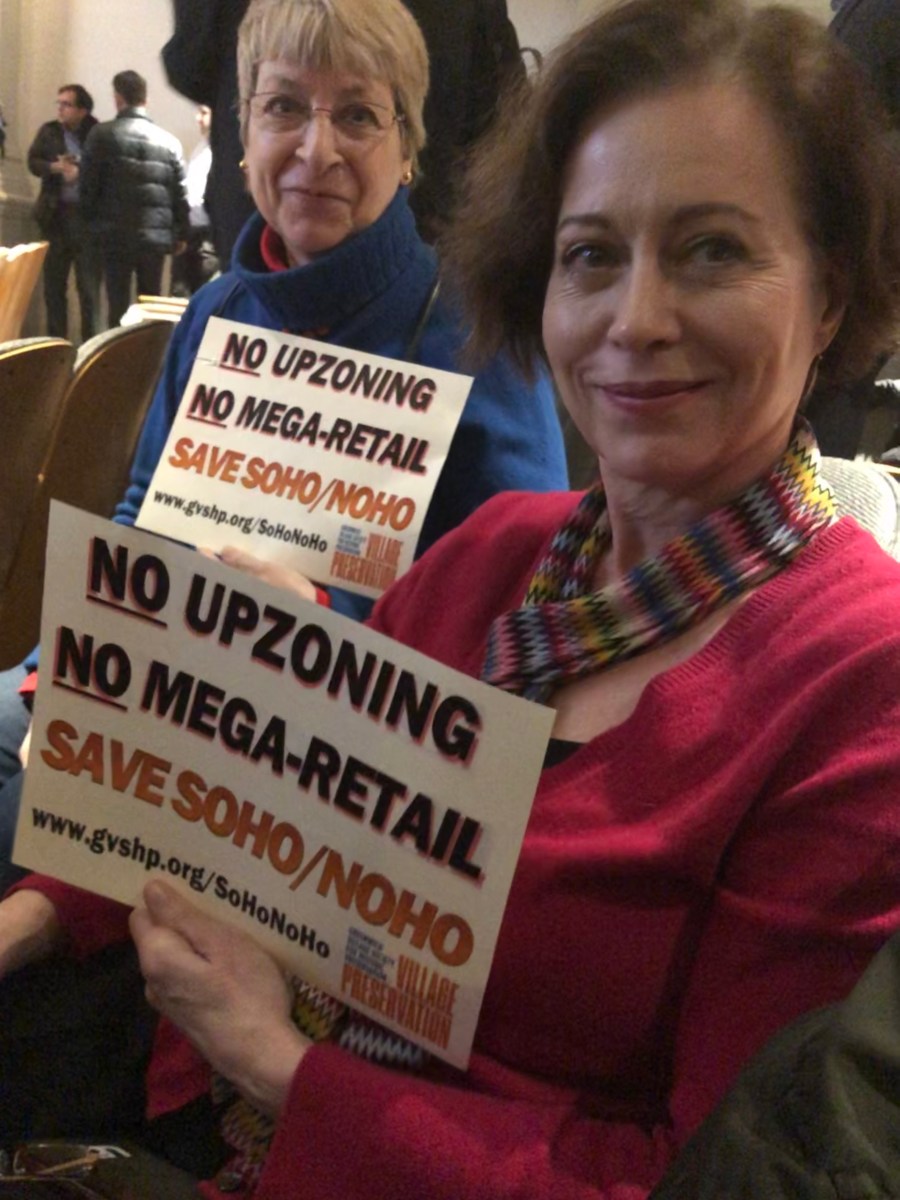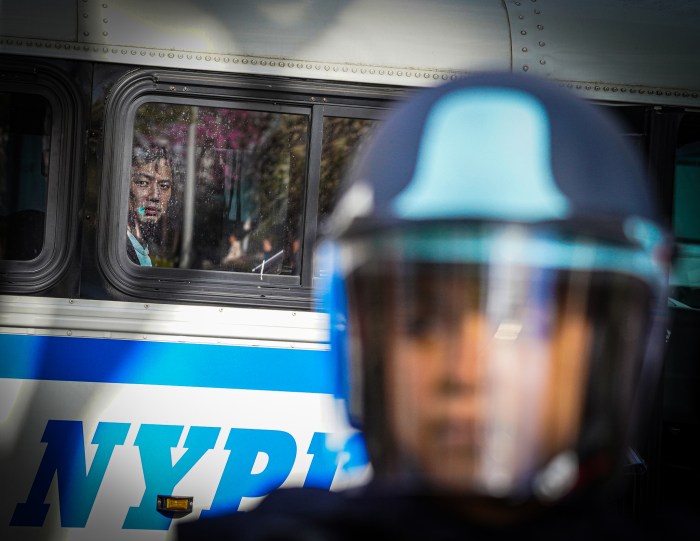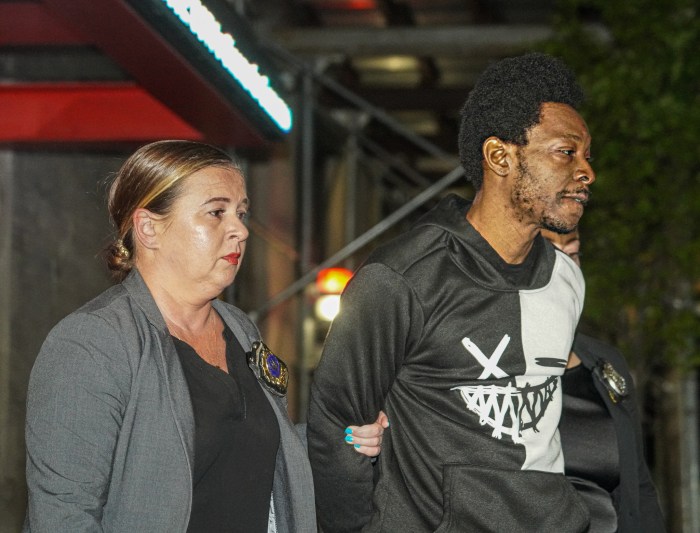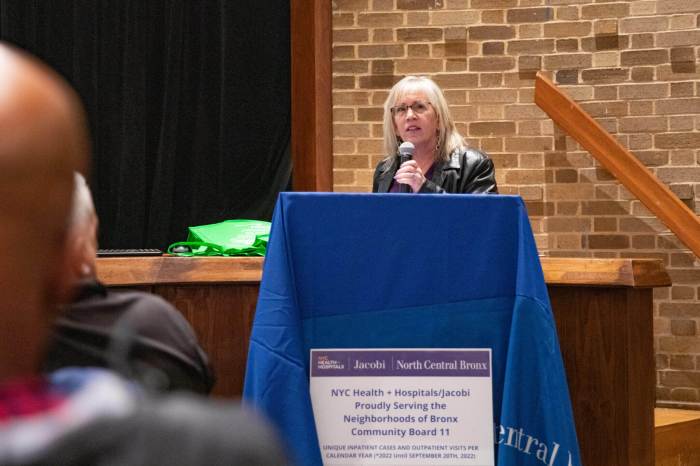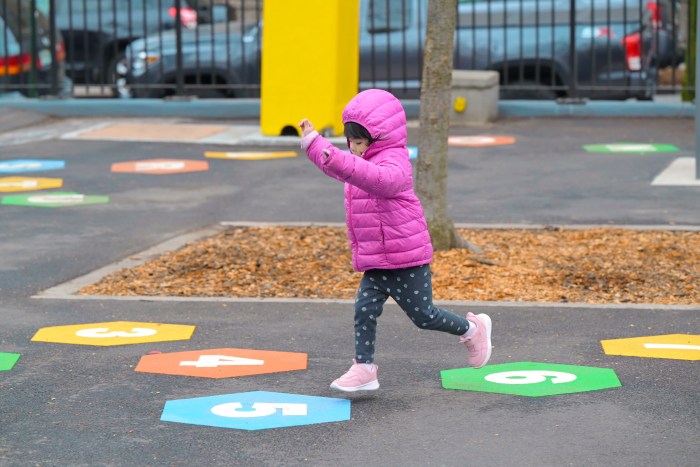BY JOAQUIN COTLER
More than a hundred people gathered at a Community Board 2 Land Use Committee meeting last week to discuss possible new development in the SoHo and NoHo areas, which border Houston Street to the north and south in Manhattan.
Dozens of community members at the Jan. 15 meeting expressed concerns that a new report – commissioned by Borough President Gail Brewer, Councilmember Margaret Chin and the Department of City Planning – would encourage too much development in the two neighborhoods.
Elected officials, however, disputed that charge, claiming that they are looking to strike the proper balance between addressing the need for new economic activity and protecting the neighborhoods’ historic character.
“At the moment we don’t have specifics … Part of this process of obtaining feedback is to understand what the priorities are,” said Tara Duvivier, the Manhattan Borough Urban Planner for Community Boards 1, 3 and 6. “I can’t give you exactly when we would come back with anything with regard to specifics about any zoning changes.”
Six months of research and public input into land-use and zoning issues were included in the report, according to its introduction.
“The purpose of this endeavor was simple, even if the issues were not: to conduct a genuine public outreach process to develop an informed vision and recommendations to guide the city’s future planning efforts in the SoHo and NoHo neighborhoods,” reads the report, which was released in November.
Since then, officials are seeking a response from the local community about its recommendations.
One of the most contentious items discussed at last Wednesday’s meeting, held at Sheen Auditorium on Bleecker Street, was a suggestion in the report to “explore opportunities for increased density” in order to create more housing in the area.
While residents generally support the designation of more affordable housing, many people fear that such an initiative could result in upzoning – the process of amending current zoning laws to allow for the construction of residential skyscrapers containing some affordable housing – and contribute to a growing overcrowding problem.
“The current zoning has allowed 20- and 30-story buildings to be built in this neighborhood,” Andrew Berman, the executive director of the Greenwich Village Society for Historic Preservation, said at the meeting. “The substantial increase in density that the city would require with an upzoning would entirely obliterate the character of this neighborhood … If the city just drops their ridiculous requirement that you have to have a massive upzoning in order to require affordable housing, we can have a lot more of it.”
Some local business owners who don’t necessarily support upzoning still believe the committee should focus on re-classifying the area as a mixed-use district to better reflect the present neighborhood landscape.
Third-generation SoHo business owner Michael Salzhauer supports comprehensive rezoning of the neighborhood – including expanding the definition of who is eligible for live-work spaces in the area. Currently, only city-certified artists are allowed to have live-work studio spaces.
“A successful rezoning of SoHo will include a methodology for legalizing residential units occupied by non-artists, recognizing that a significant portion of our residents now are not artists, and that the city has essentially stopped certifying artists,” Salzhauer said in a statement.
Despite his staunch opposition to upzoning, Berman says he supports potentially tweaking regulations, provided that it keeps the neighborhood’s soul intact.
“I think most people would be completely comfortable with an updating of the rules regarding residency in the neighborhood,” he said, “but it has to ensure that protections for long-term artists who built this neighborhood remain in place and are not weakened in any way.”
In addition to fine-tuning some of the recommendations, the study’s authors suggested that further analysis is needed to better represent the needs of the neighborhoods’ Chinese-American population, as well as millennials and people who work in the area, who were underrepresented in the original study.
The committee says they will continue to revisit these issues in the coming months.



